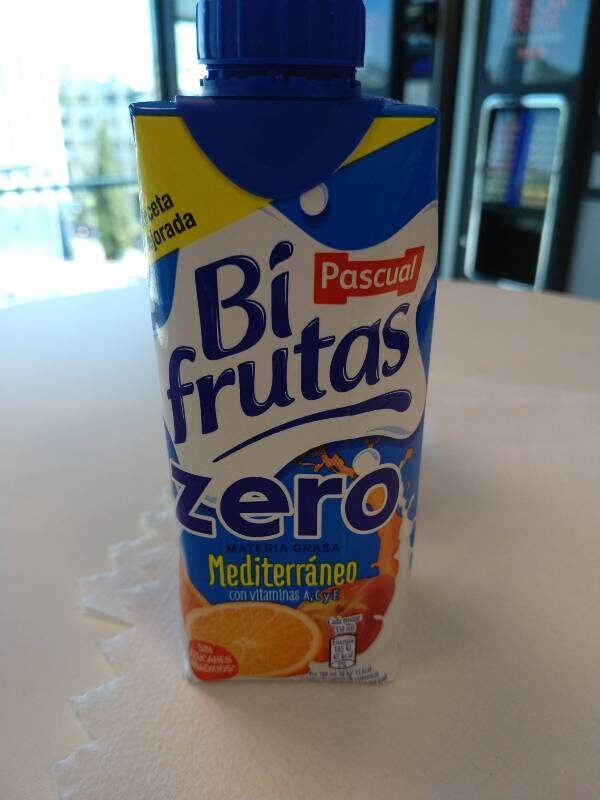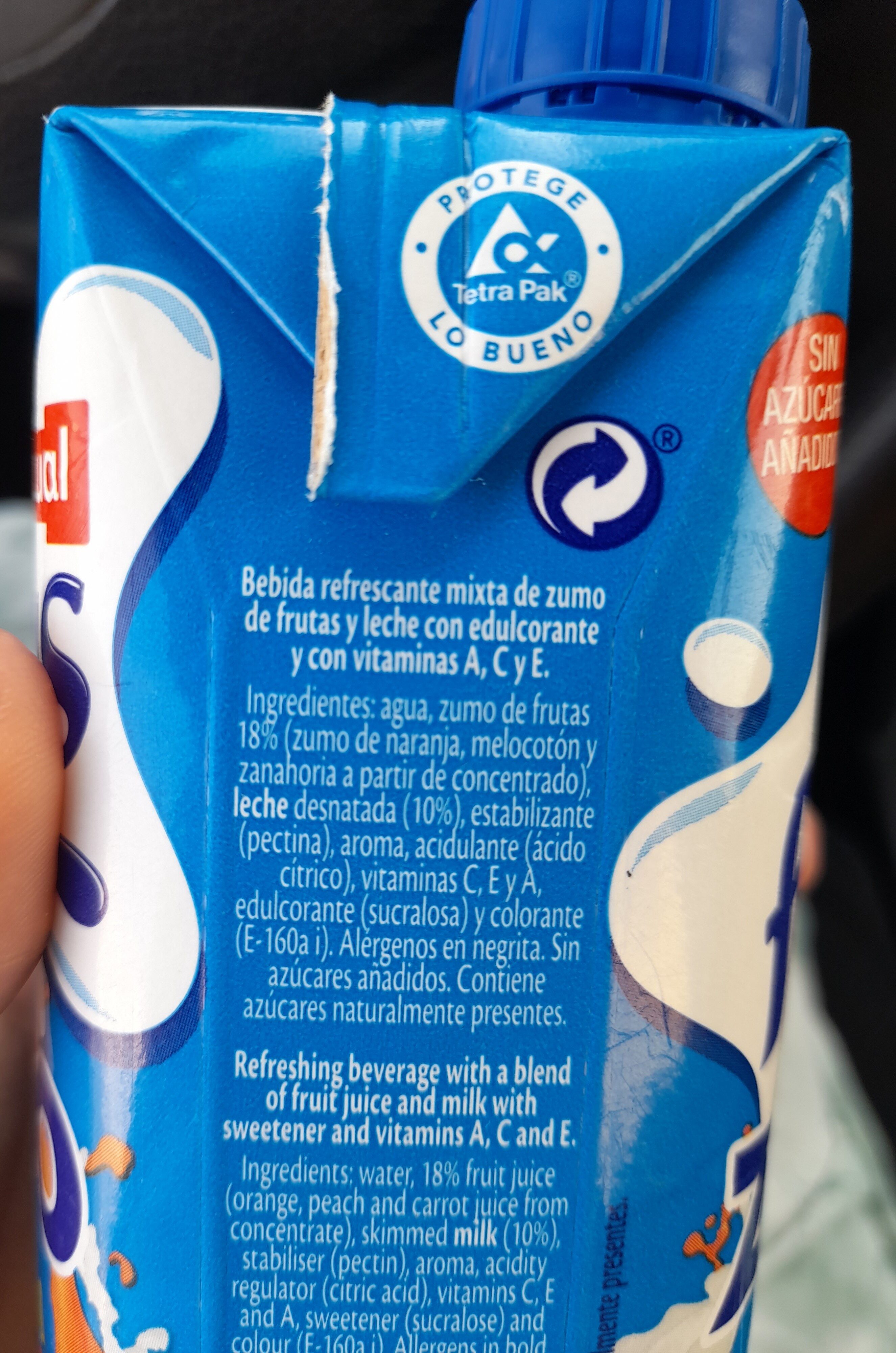Pascual
Aquesta pàgina del producte no està completa. Podeu ajudar a completar-la editant-la i afegint-hi més dades a partir de les fotos ja disponibles, o fent-ne més amb l'aplicació de androide o iPhone / iPad. Gràcies!
×
Codi de barres: 8410128168445 (EAN / EAN-13)
Empaquetament: Tetra Pak
Marques: Pascual
Categories: en:Alimentos y bebidas de origen vegetal, en:Bebidas, en:Bebidas a base de frutas, en:Bebidas de origen vegetal
Etiquetes, certificacions, premis:
Lliure de gluten, Punt verd, Sense sucre afegit
Codi de traçabilitat: FSC-C014047
Països on es va vendre: Espanya
Matching with your preferences
Entorn
Empaquetament
Transport
Report a problem
Fonts de dades
Producte afegit per elcoco
Última modificació de la pàgina del producte per spotter.
La pàgina del producte, també editada per elcoco.9b14c067232e6014993e1a509f2a76ef, halal-app-chakib, kiliweb, moon-rabbit, openfoodfacts-contributors, packbot, roboto-app, yuka.UnY4d0h2MGF0Nk1GbGNZaXdUUFAvNE5RL1ptSldtNjFDZmNTSWc9PQ, yuka.ZXBzSENwMHcrL1ZRdDhjWXgwM1BvTWh1bUtLTkJGNndHODRQSWc9PQ.









